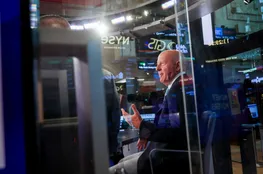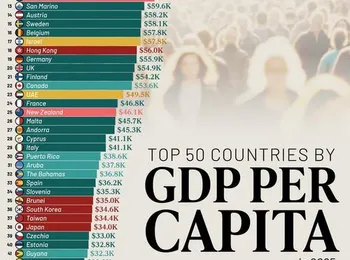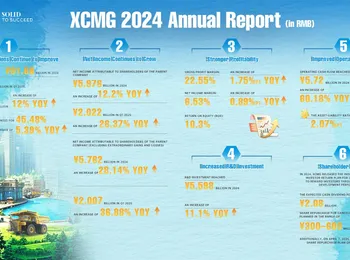The debate over Connecticut utility rates has reached a boiling point as union leaders declare their staunch opposition to proposed cuts. They argue that such reductions threaten not only the quality of service but also the safety and reliability of energy provisions statewide. According to union representatives, the proposed rate cut would have far-reaching consequences that could undermine both the short-term and long-term goals of maintaining a robust energy infrastructure in Connecticut. By targeting the essential funding required to support frontline workers, these cuts could lead to degraded service efficiency and jeopardize crucial projects aimed at achieving sustainable energy solutions.
The unions emphasize that the proposal is a lose-lose situation. It poses risks not only to the workers who maintain the critical systems but also to the consumers who rely on consistent energy delivery. Union leaders raise concerns that diminished funding will inevitably lead to deferred maintenance, compromised safety standards, and a demotivated workforce. In their view, the outcome would result in frequent service disruptions and increase the likelihood of accidents, thereby raising costs in the long run.
As Connecticut strives to balance affordable and sustainable energy goals, union leaders advocate for a strategic approach that safeguards the interests of all stakeholders. They stress the need for investments that prioritize sustainability while also supporting economic growth and job security. Rather than implementing cuts, unions propose measures to enhance system efficiency, improve service quality, and secure the professional development and welfare of their workers.
In this contentious atmosphere, the unions are calling for open dialogue, urging policymakers to collaborate with them in developing a more equitable solution. They highlight the interconnectedness of energy sustainability, worker welfare, and consumer satisfaction, emphasizing that a holistic approach is essential for Connecticut’s energy future. By fostering a partnership between the state, utility providers, and workers, they believe it is possible to achieve a balance that serves the best interests of everyone involved.
























